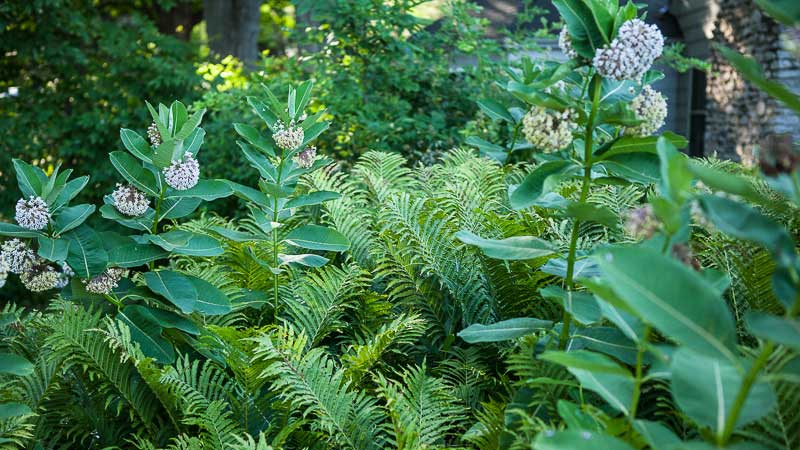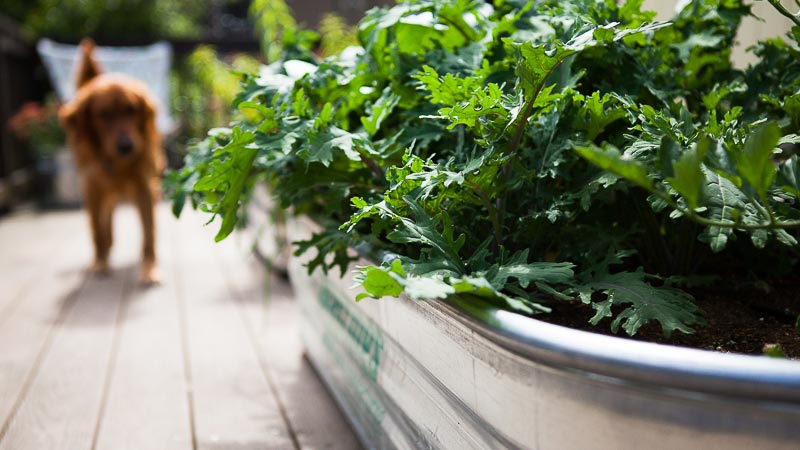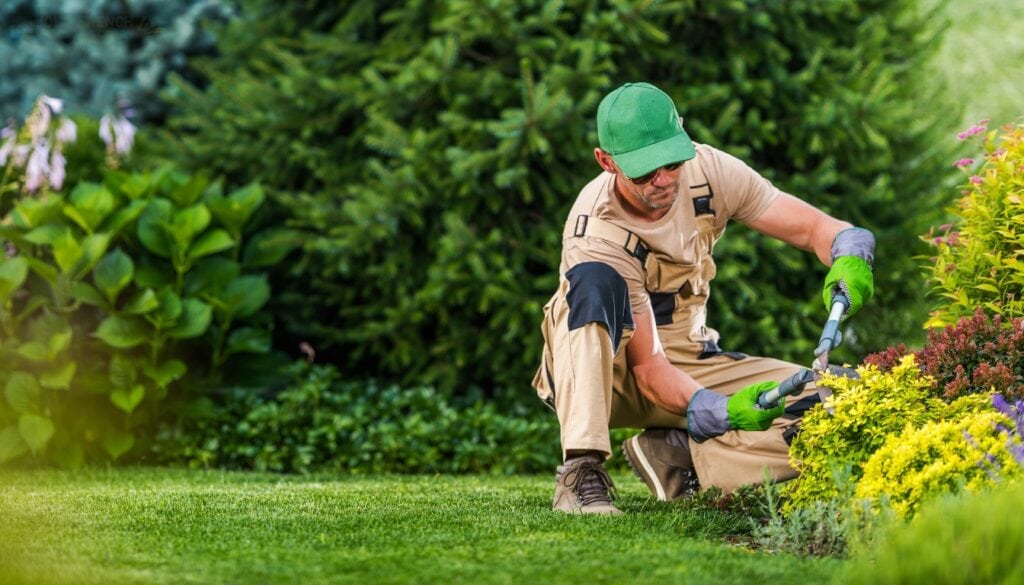Written by Admin and published on https://gilmour.com/
If you’ve never tried your hand at designing a landscape before, you might find all the choices you can make a bit overwhelming. Which plants do you want to include, and where should they go? Should bed lines and paths curve or run in a straight line? And what about accessories such as benches, planters, and bird baths? It can help to think of a space in your yard as you would a room inside your home because many of the same principles that guide your room setup inside can guide your designs outside, too. Here are seven considerations that will help get your new landscaping project off to a super start.
Landscaping 101: 7 Basic Landscaping Tips for Beginners

When it comes to deciding how to design your outdoor space, there are a few basic principles to keep in mind. At the heart of these principles is the foundational concept that form follows function. The shape and style of your space is dictated by how you plan to use it.

Beginner Landscape Tips
Consider these 7 easy-to-follow tips and you’ll be on your way to creating a beautiful landscape.
What Do You Want and What Do You Need?
Are you hoping for a place to play, a quiet place for reading, or a combination of both? It may be that you’d like a spot to grow your favorite vegetables and herbs for cooking. To solve this predicament, make a list of your needs and draw a rough sketch of how you’d like everything to fit together. Use this as a starting point.
Assess Your Yard
Next, assess your yard. How does the wind move through it? What is the path of the sun? Create sitting areas out of the line of prevailing winds or block and direct winds with shrubs and trees. Locate the sunniest spots and evaluate the best places to plant trees. It’s ideal to have a place to relax and play that is sheltered from the heat of the day. It’s also wonderful to create a space that takes advantage of the sun’s warmth on cooler days. In addition, understand how you’ll get water from one area of your yard to another. Begin by mapping the angle of the sun and by developing a strategy for watering in order to know how and what to plant.

Live In It
Before digging in, it’s helpful to live in a space. Until you sit in a spot and take time in one space or another, you may not know how or if it fits in with your plan. Move a chair around and find a different place to sit each day. Take note of possible focal points and how these places interact with your home and the views from windows. How do existing paths work into the mix? Paths that interface with the surrounding environment affect the users’ experience, guiding them not just from one place to another but providing engagement.
Keep it Simple
The simplest answer is usually the best. The final decision doesn’t need to be complicated or overdone. Instead, include only the things that matter most. Start small and begin with a framework that allows you to easily move from the inside of your house to a bed of flowers, veggie plot, or patio. The best design solutions are often intuitive. For instance, the path you’ve made across the lawn, while ignoring an existing walkway, could be a clue to the most compelling composition.
Borrowed Views & Focal Points
Don’t forget to incorporate the views beyond your yard. Strategically place trees to frame existing views. Create new views by adding a tree or a group of trees as a focal point. Plant trees that provide shade in summer and offer vibrant colors in fall. Consider flowering trees like dogwoods, buckeyes, or crabapples. Flower gardens and perimeter plantings also make colorful focal points. Grow a row of flowering shrubs like hydrangeas near a patio or deck to enrich and enliven your outdoor experience.

What are the Plants You Love?
A garden isn’t a garden without plants. Keep a running list of the plants you’d like to grow. Then circle back to your site assessment to see what’s possible. If you’re working with part shade, it may preclude you from sun loving plants. Make sure to devise a plan for watering based on the needs to your plants. Determine which tools work best with your plan, considering a Flexogen Super Duty Hose with a Thumb Control Watering Nozzle and a timer.
Embrace Change
If there’s one thing I’ve learned in my years of growing and planting, it is that nothing stays the same. You may decide a new path is needed or your patio is too small. As you evolve and change, so does your landscape.
Original post here https://gilmour.com/how-to-landscape/.



